The first thing anyone should do when attempting to make a perennial garden bed is to determine how much sun the bed gets and at what time of day and that will determine what plants you can use. The best approach to accomplish this is on a weekend. Obtain some stakes and a blank piece of paper say attached to a clip board. Draw out the garden bed on paper. If the bed is in full sun or deep shade no need to do this, its only for those folks who have shade trees that will alter the sun’s rays. Remember if it is a sunny location and the bed backs up against the house it will get real hot so chose those plants wisely because moisture evaporates whether you see it or not. Also prepare the whole bed area in the beginning using a pitch fork to turn over the sod and break it down or if you prefer lasagna layering. Add as much compost or manure as possible and keep some wood chip mulch handy. It does not matter whether the garden bed is against a fence, building or out in the open, the height of the plants in the garden bed will depend on your viewing angle. If it surrounds a patio the taller plants will be in the back, but maybe the patio is surrounded by a retaining wall then the taller plants might butt up against the wall. Remember many perennials are deciduous so you might want to intersperse the garden bed with evergreen plants so it doesn’t look blah in the winter, like azalea, rhododendron, mountain laurel, andromeda, juniper, boxwood, yew, acuba, gardenia, dwarf spruces or pines or whatever evergreens are hardy in your zone. Actually some deciduous plants have great forms in the winter, especially the weeping/cascading types. Each perennial has a different growth habit, some spread by rhizomes and others are upright. Generally to obtain an effective show of color in the landscape the more upright type plants, that don’t spread, like astible or foxglove, you might want to plant in three’s to have their color pop out and the use of mainly green plants, like Artemsia, Russian Sage, Greek Oregano or Catmint, interspersed between groupings to break the color scheme. Hostas can get huge so one of those planted should be sufficient, but they could also hide the bare spot that Bleeding Hearts or Oriental Poppies leave. Propagating plants is just one part of having a successful blooming garden bed throughout the summer, another part is learning the habits and when plants bloom to have the continuity of bloom. Make certain the colors bounce off or compliment each other because you do not want to plant a red next to a pink or it will just wash, put a blue in between. Once the bed is planted spread some wood chip mulch so it brings all the plants together and don’t forget the bone meal. The garden bed may look scrawny the first year but you will be looking forward to the following spring all winter long. If you would like to add rocks make certain they are buried halfway in the soil. You can add hardscapes and a blog shows you how to make things: http://hypertufagardening.blogspot.com/








































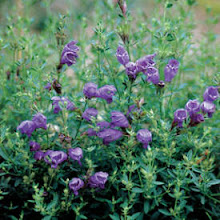
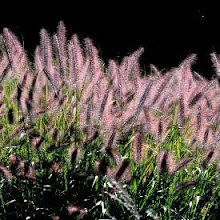

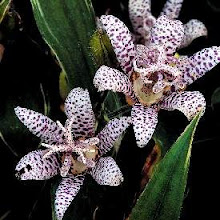

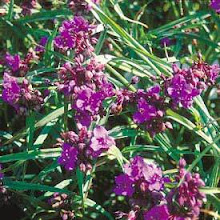



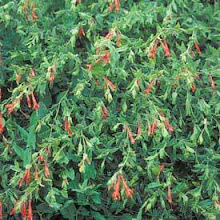
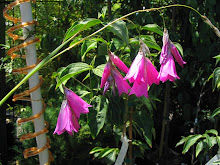





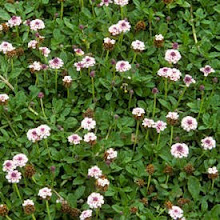
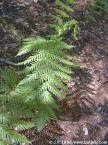








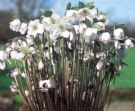
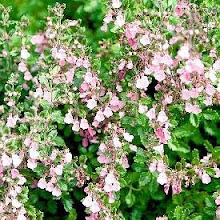

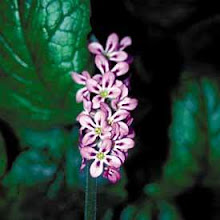

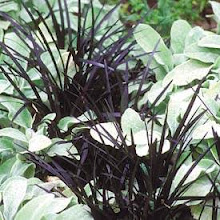


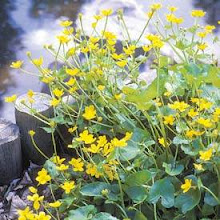









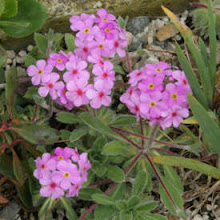



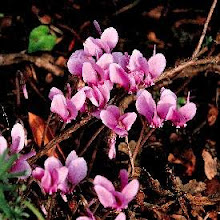

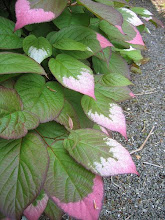
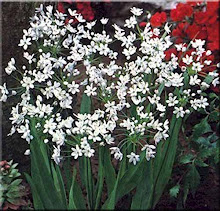
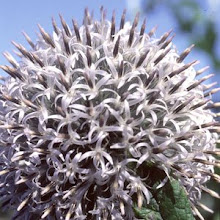



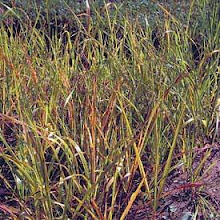

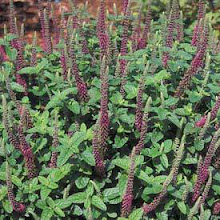





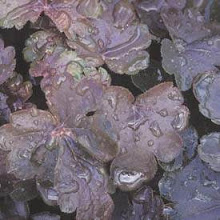








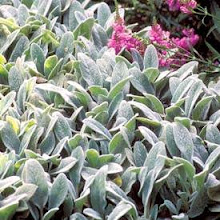

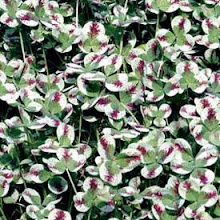


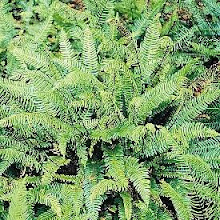

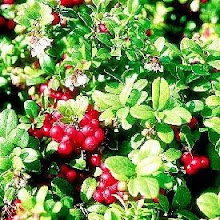



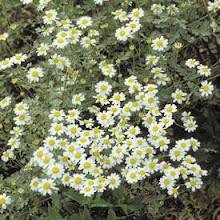
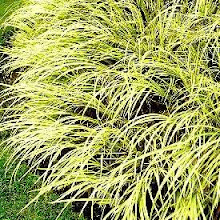










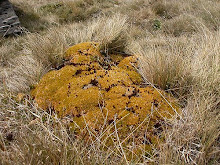
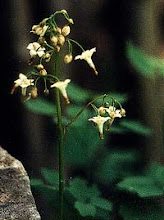


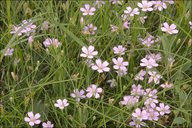

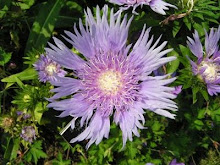












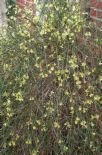






































































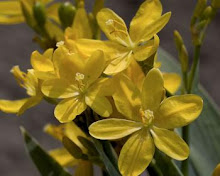










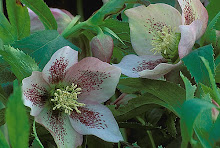












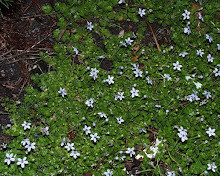




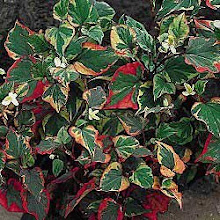







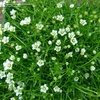
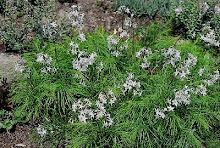















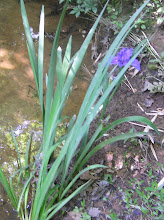




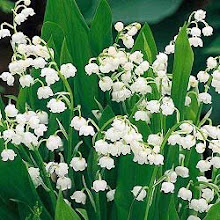






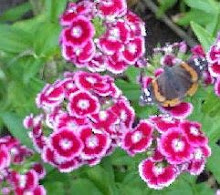










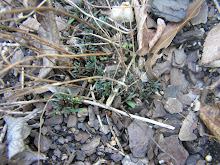

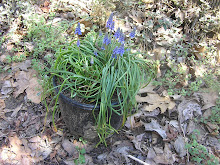
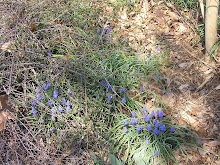
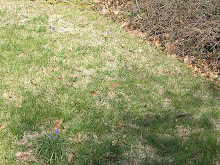


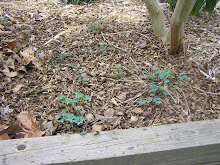

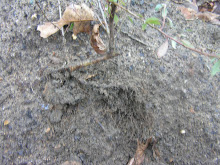
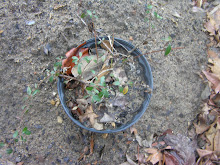


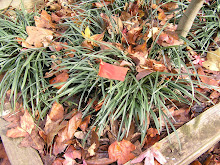
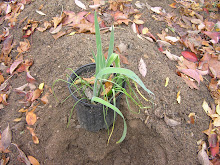

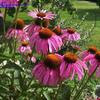
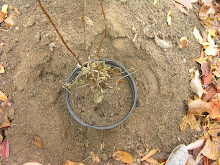
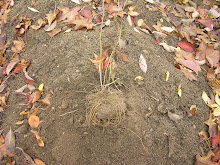
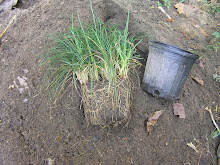

No comments:
Post a Comment